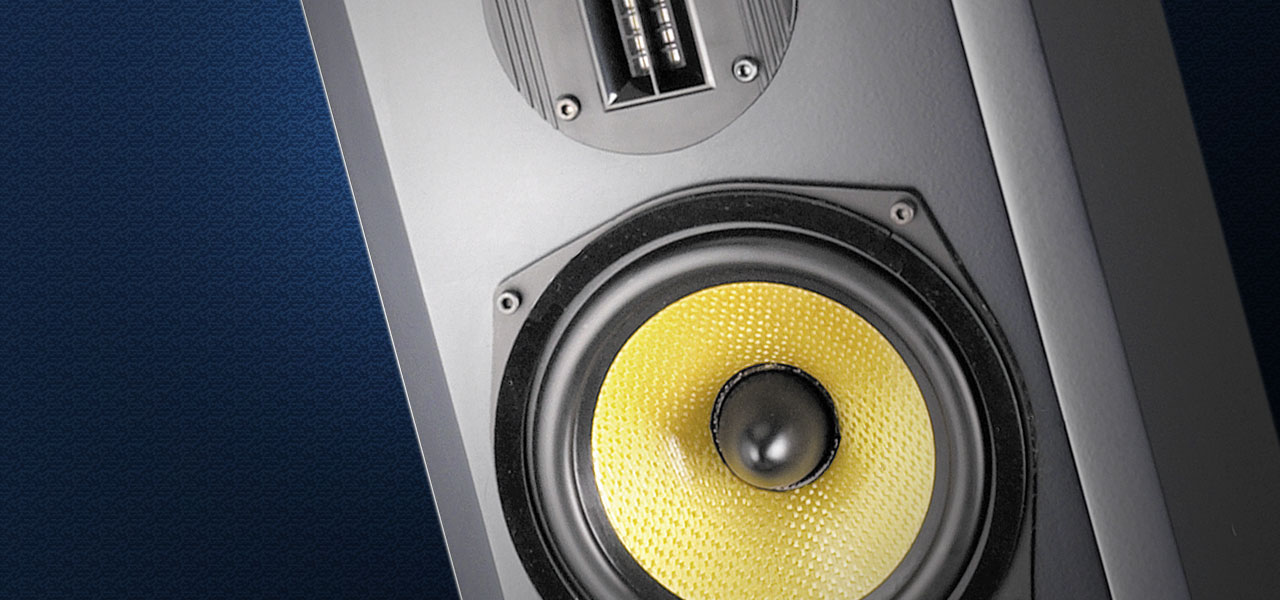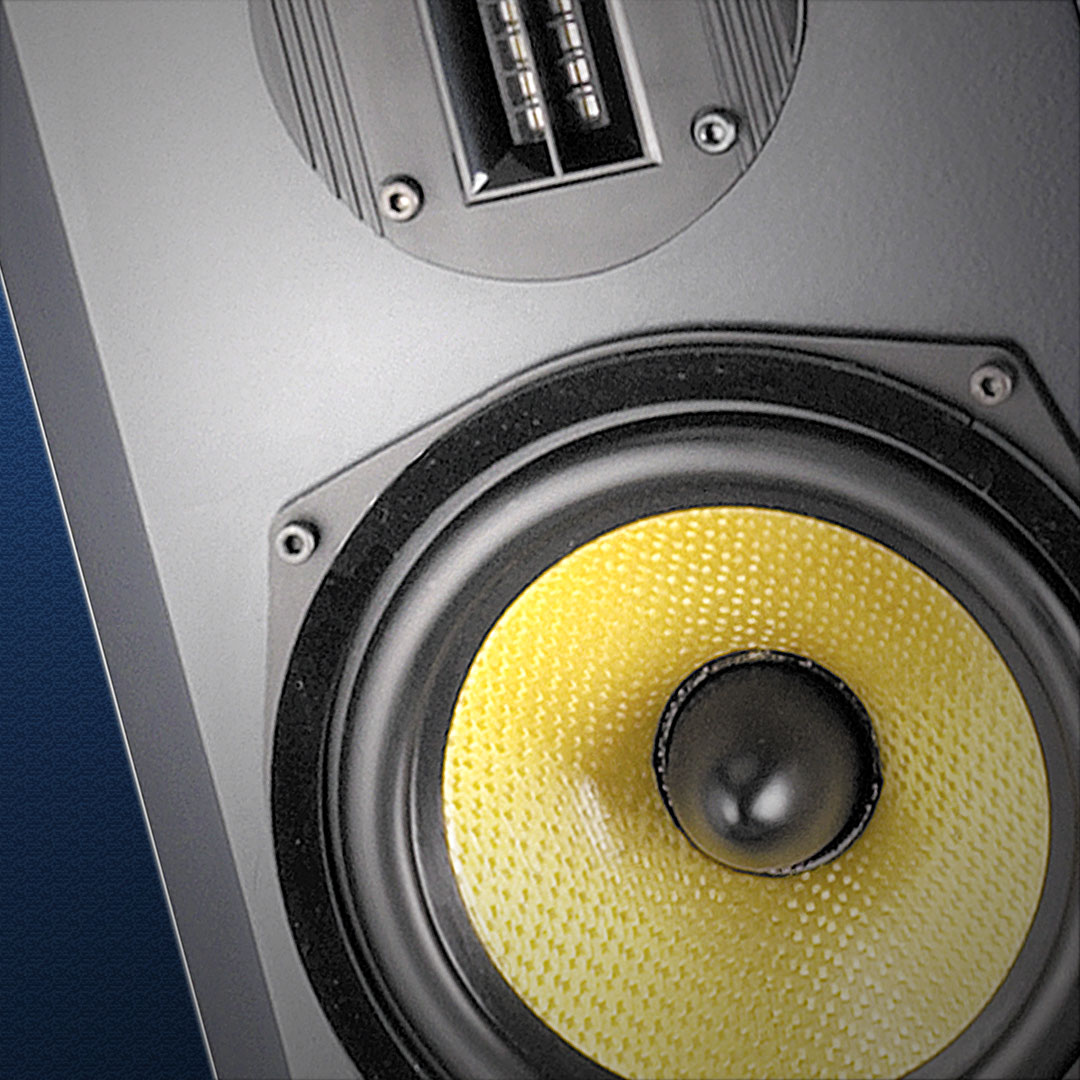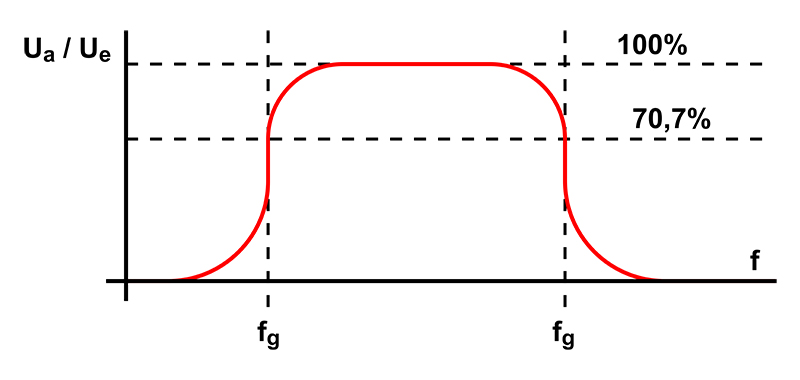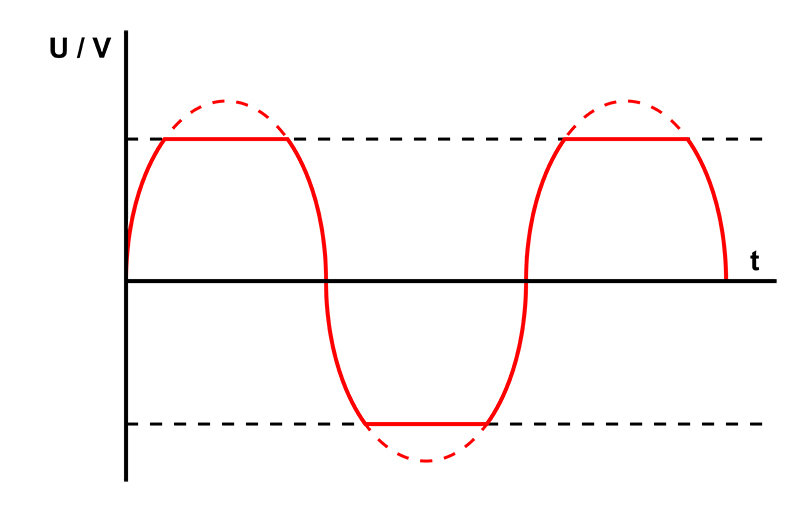
THD (Total Harmonic Distortion) of speakers: this is what you should know
We explain the term Total Harmonic Distortion and how it becomes audible
A low THD is often regarded as an indicator for a good speaker system. In order to understand the term harmonic distortion, how it occurs and when it is too much, let us have a look at the world of signal distortion.
THD of speakers: what exactly does it mean?
When a speaker reproduces an audio signal, input signal and output signal should ideally be identical. If this is not the case, there is signal distortion. The Total Harmonic Distortion (THD) describes how much influence non-linear distortions (described later on) have got on an originally sinusoidal alternating signal in the speaker. With such a distortion, new overtones (also called harmonics) are created. Just to clarify: the sound of an instrument comprises of fundamental tones and overtones. While overtones are important for the timbre, fundamental tones are crucial for the sound pitch.
In technical terms, the newly created overtone ratio is called THD (Total Harmonic Distortion) which is an important aspect in audio. It is a measure for the sound quality.
The lower the THD, the closer the audio signal at the speakers is to the original sound source, i.e. an instrument or a wave file. This means that harmonic distortion is usually the term for unwanted signal distortion. Audio developers like Frank Kuhl try to keep distortion as low as possible. As an exception to the rule, distortion can also be a positive side effect. In (home) recordings, for example, it can provide a warmer and richer sound, i.e. by using deliberately overdriven tube amplifiers. By the way: technicians and data sheets usually use the English term THD (Total Harmonic Distortion). Hence, the data sheet features something like this: THD: < 0.3%, as it is shown with this monitor unit.
Distortions and their effects
When entertainment electronics devices reproduce an audio signal, changes in the signal may occur due to the circuit layout or physical laws. There are 2 key types of distortion: linear and non-linear distortion. By the way, both often occur at the same time.
a) Linear distortion
First of all, linear distortion is irrelevant for the THD. With linear distortion, the original wave form of the audio signal does not change which means no overtones are created. Instead, there is a change in amplitude (volume): the bass drops, the treble is boosted. If high frequencies are attenuated more, the human ear perceives a duller sound or a brighter sound if high frequencies are amplified. Phase shifts are also one of the linear distortions. These occur if a tweeter, i.e. a speaker specifically designed for high frequencies, emits sound waves before the bass-midrange speaker or subwoofer, i.e. high and low frequencies from two different sound sources overlap unfavourably. 3-way speakers are particularly susceptible to this problem.
First of all, linear distortion is irrelevant for the THD. With linear distortion, the original wave form of the audio signal does not change which means no overtones are created. Instead, there is a change in amplitude (volume): the bass drops, the treble is boosted. If high frequencies are attenuated more, the human ear perceives a duller sound or a brighter sound if high frequencies are amplified. Phase shifts are also one of the linear distortions. These occur if a tweeter, i.e. a speaker specifically designed for high frequencies, emits sound waves before the bass-midrange speaker or subwoofer, i.e. high and low frequencies from two different sound sources overlap unfavourably. 3-way speakers are particularly susceptible to this problem.
b) Non-linear distortion
Harmonic Distortion is caused by non-linear distortions. With non-linear distortion, frequencies can be detected in the output signal which were not present in the input signal. Unlike with linear distortion, the wave form of the audio signal changes and thus the sound character. Distortion occurs in speakers because the applied components are non-linear which is particularly the case with semiconductors and electron tubes. This changes the sine wave at the input of a speaker. The consequence:
Harmonic Distortion is caused by non-linear distortions. With non-linear distortion, frequencies can be detected in the output signal which were not present in the input signal. Unlike with linear distortion, the wave form of the audio signal changes and thus the sound character. Distortion occurs in speakers because the applied components are non-linear which is particularly the case with semiconductors and electron tubes. This changes the sine wave at the input of a speaker. The consequence:
In case of overdrive, both the positive and negative amplitude range is cut off. The signal then contains waves which our hearing perceives as overtones.
When and how does harmonic distortion become audible?
The higher the THD, the better the ability for the human ear to notice the distortion. The intensity of audible harmonic distortion depends on two factors:
a) The frequency range
Acoustic perception is most sensitive at the mid frequencies between 1,000 and 4,000 Hz. For the Total Harmonic Distortion this means: in the mid-frequency range, the human ear is able to perceive even the slightest non-linear distortion (up to 0.5%). The situation is different in the low-frequency bass range (up to 150 Hz): in this case, the human ear is not sensitive enough to detect harmonic distortions below 5%.
b) Harmonic and non-harmonic distortions
The THD describes the ratio of harmonic distortions to the overall signal. This means, we distinguish between harmonic and non-harmonic distortions.
- In case of harmonic distortion, the added overtones are in an integer ratio to the fundamental tone. An example: if our fundamental tone has got a frequency of 300 Hz, overtones with a frequency of 600 Hz or 1,200 Hz would be possible. Thus, a distortion in this frequency range still sounds harmonic because the tones are in a similar frequency ratio as it is the case with an octave. Therefore, the ear hardly notices the distortion.
- A non-harmonic distortion has got a negative effect on the acoustic perception. Unlike with harmonic distortion, signal components are created which frequencies are not equal to the integer multiples of the fundamental tones. The ear perceives this type of distortion as a foreign body.
How can THD be measured?
With THD, the input and output signals are not identical. Thus, it is important to determine the input or output level at which the evaluation is carried out. Technicians usually calculate distortion as THD+N, i.e. the sum of the Total Harmonic Distortion as mentioned above plus Noise (i.e. the new overtones). The measuring technique records the ratio of the effective values of the new overtones to the input signal in a previously specified frequency range.
Distortion is usually expressed as the ratio of signal voltage to voltage distortion and is indicated in percentage (or decibel).
Would you like to find out more about PA technology? Come and browse through our magazine.



